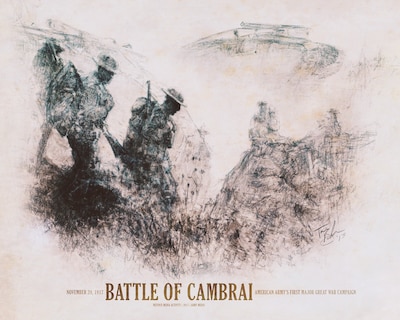By Army Sgt. 1st Class Claudio Tejada, 94th Army Air and Missile
Defense Command
HONOLULU, Nov. 22, 2017 — With the threat of ballistic
missile launches by North Korea, the Army maintains Army-Navy/Transportable
Radar Surveillance systems, or AN/TPY-2, in Japan to keep a watchful eye on the
skies above.
The responsibility falls to a small group of soldiers
stationed in Kyogamisaki and Shariki, Japan. The radar sites are unique in that
they provide regional defense for Japan while also significantly improving the
defense of the United States.
The soldiers in these units operate high resolution, phased
array, X-band radars designed and built specifically for the U.S. missile
defense missions. The radars can perform air surveillance to very high
altitudes and identify and track aerial targets, including incoming ballistic
missiles. The radar also has the ability to differentiate between warheads or
space debris.
Mission
The 10th Missile Defense Battery, located at the Shariki
Communications Site, has been operational since 2006. This was the first
AN/TPY-2 Radar installation in Japan and also the first new U.S. military
installation to open there since the end of World War II.
The AN/TPY-2 radar is integrated with the Terminal High
Altitude Area Defense, or THAAD, system, and serves as its primary sensor. The
radar's mission is to track the late stages of the missile course, enabling
missiles fired by the system to intercept both outside the atmosphere and once
a reentry vehicle enters the atmosphere.
The 14th Missile Defense Battery is the newest radar unit.
Located at the Kyogamisaki Communications Site, it has been operational since
October 2014. Since then, both units have been in the constant watch with
recent events in the Korean peninsula.
Their mission is to pass highly accurate missile track data
to sensor managers in the Air and Space Operations Center at Joint Base Pearl
Harbor-Hickam, Hawaii, and sensor managers throughout the United States.
“We provide the strategic-level early warning for all
ballistic missiles launched from North Korea that have the potential to impact
the United States homeland,” said Army 1st Lt. Seth Bond, the 14th Missile
Defense Battery executive officer.
The information received by the AN/TPY-2 radar is critical
data.
Shared Information
Both units also works closely with the 100th Ground-Based
Midcourse Defense Brigade based in Colorado Springs, Colorado, feeding data and
cueing various radar sensors throughout U.S. Strategic Command and U.S. Pacific
Command.
The data collected is shared with other services and nations
to provide early warning and detection of hostile missile launches as part of
Pacom’s missile early warning architecture, which greatly enhances the defense
of Pacom assets and the United States.
“This information cues the various sensors located
throughout the Pacific to ensure any intercept vehicle will accurately engage
the warhead,” Bond said.
Once a possible threat has been detected, either through
space based, naval, or elevated sensors, soldiers from the 94th Army Air and
Missile Defense Command can either engage the threat or pass the engagement to
an asset that is able to range the target.
“The 14th MDB has successfully tracked and processed all
ballistic missile launches originating from North Korea,” Bond said. “The unit
is extremely efficient and we provide updates to entities across [U.S. Army
Garrison Japan], Pacom, Stratcom and [U.S. Northern Command].”
With the increase of threats from North Korea the soldiers
from the 10th MDB and 14th MDB remain focused on being the nation’s first line
of defense.









